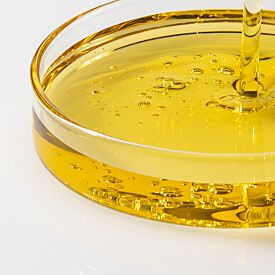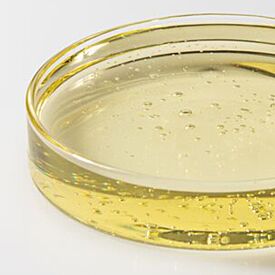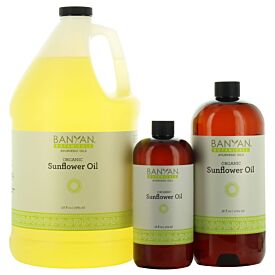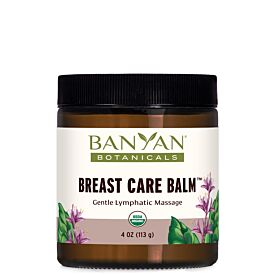How to Use Marma Points for Ayurvedic Breast Care
Bodywork, such as massage, can be undervalued in our Western society. It is often seen as a luxury or a splurge rather than an essential. Ayurveda has a very different standpoint in this regard. Apart from some conditions, massage is a non-negotiable when it comes to self-care. In some instances, the whole body receives massage, and in other cases, specific regions, such as marma points, are given special attention.
Marma points are vital points in the body that act as a gateway between the physical, or gross body, and the energetic, or subtle body. They are sites where anatomical structures such as nerves, ligaments, bones, muscle, and blood vessels come together, but they are also the junction of body and mind. Each has a relationship to certain organs, muscles, or tissues and is used to bring balance or better function to that which it corresponds. These are similar in nature to acupuncture points or what we might loosely call “pressure points,” yet they have differences, mainly in their overall size and location. They are alike, however, in how they relate energy (prana in Ayurveda, chi in Traditional Chinese Medicine) to internal organs and their therapeutic and preventive uses for treating various conditions.
Monthly self-exam is considered one of the best ways for early detection of breast cancer, but there is little information circulating about maintaining health or what can be done at home for less severe conditions such as swollen breasts, breast tenderness, fibrocystic changes, or mastitis. Though not meant to be used as a sole treatment or as a replacement for a consultation with your physician, marma point therapy can be a powerful component of Ayurvedic breast care.
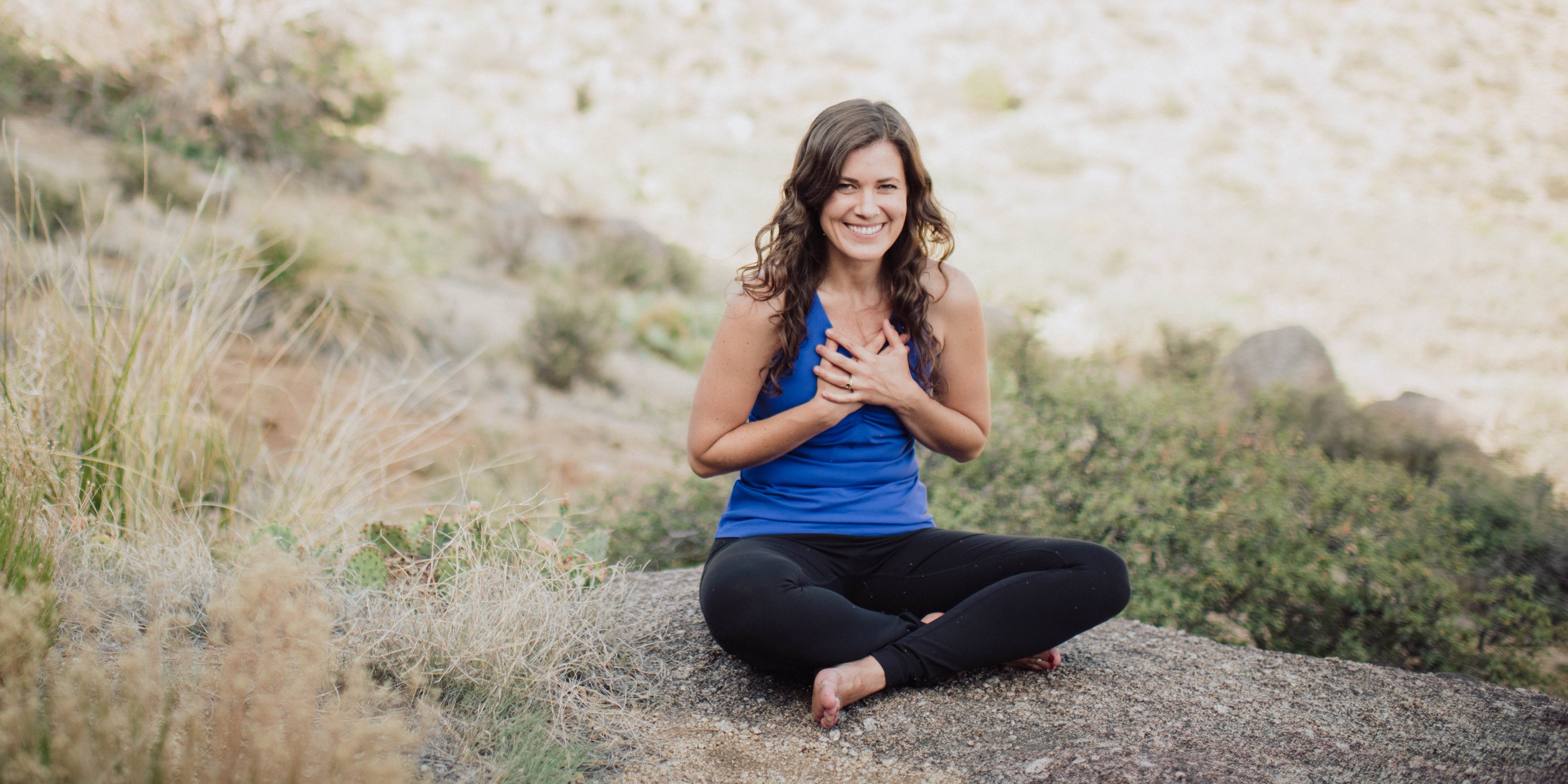
This is a simple type of care that can be added into your regular routine, or when feeling symptomatic. Start by finding the marma point you’d like to work with by using the location guide below. For each point, there is one located on the right and left side of the body. You can gently press the point by using your thumb or fingertip to check sensitivity. The sensitivity may not be an indicator for dysfunction, but serves as a good baseline when determining how deeply to work. While a practitioner may use varying degrees of pressure and with different fingers, a medium amount is good to begin. As you apply pressure, make five slow and gentle circles in a clockwise direction, then five in a counter clockwise direction. After you have done one side, move to the other. When both the right and left side have been treated, continue to the next points.
Touch is only one way that marma point therapy can be conducted. When using touch, it can be done with the contact of your fingertips alone, or an essential oil or medicated oil can be massaged into the area. Plain oils or medicated oils are more traditional in nature and castor oil or shatavari ghee (recipe below) are the most recommended for breast care. Essential oils have gained popularity in recent years. Rose, geranium, and palmarosa essential oil can also be therapeutic, but must be used in a base oil rather than being applied directly to the skin.
Locating Marma Points for Breast Care
When locating marma points, the measurement angula may be used. One angula is the measure of the width of the middle finger of the person receiving treatment. There are several points associated with breast care, but let’s begin by finding three of the most relevant.
Stanya mula marma. Stanya mula means “root of the breast” and is located one angula laterally, or to the side, of the junction of your xiphoid and sternum. This is approximately the level of nipple line, one finger’s width to the right and left (remember there is one on each side) of midline. This site is most versatile in caring for breast tissue as it can help with tone, reducing stagnation and congestion, changes in breasts associated with a menstrual cycle, or fibrocystic changes.
Stanya parshva. This point is located on the side of the right and left ribcage, as stanya parshva means side of the breast. More specifically, it is at the level of the seventh rib. Like stanya mula, this site has many indicators for care, such as painful breasts, swollen breasts, and cysts or abscesses. It’s directly below a main area of lymph tissue, thus clearing stagnation is a main reason to tend to this marma.
Stanya marma. Stanya means breast and this point is in the center of the nipple. As you could assume by its location, it is most related to lactation, both difficulties and with regulation, and it is more commonly used in treatments for those who are breastfeeding.
Recipe for Shatavari Ghee
Ingredients:
- 1 part shatavari powder
- 4 parts ghee+
- 16 parts water
Directions:
Place all contents in a pot and bring to a boil. Reduce to simmer and maintain on low heat until all water is evaporated. This can usually be seen, as water and oil do not mix well. Once evaporated, let cool and transfer to an airtight container. Though ghee doesn’t typically need to be refrigerated, storing this in the refrigerator can be a safeguard for any water that may not have cooked out and will keep it from going rancid. A few drops of rose, geranium, or palmarosa essential oil can be added for an additional therapeutic touch or a lovely scent.
+For a vegan option, try using sesame oil for vata, sunflower oil for pitta, and mustard seed oil for kapha.








